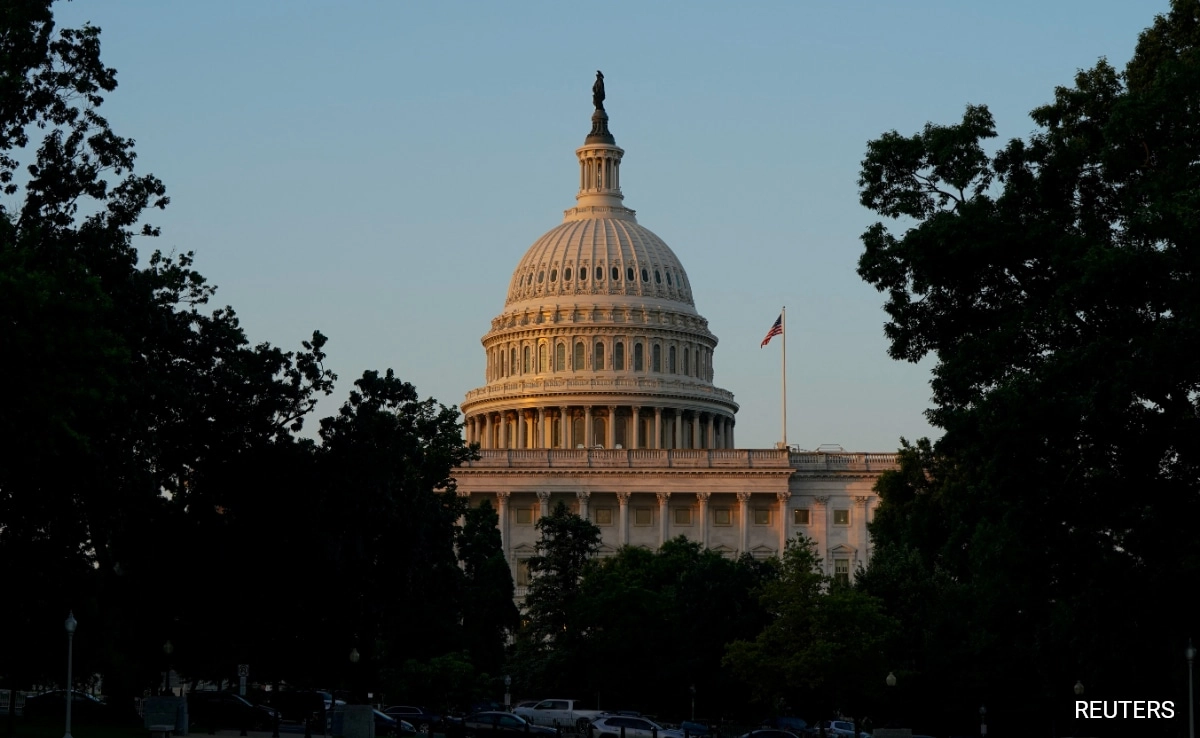In a surprising turn of events, it has come to light that several appointees of former President Donald Trump requested significant upgrades to the marble finishes in a federal building renovation project. This request has sparked scrutiny and raised questions regarding the appropriateness of such lavish expenditures, especially in a time when government budgets are under intense pressure. The renovation was intended to modernize the building and improve its functionality, but the emphasis on luxury materials has ignited a debate about priorities in federal spending and transparency in government projects.
The push for more marble, a material often associated with opulence and grandeur, stands in stark contrast to the pressing needs of many federal agencies that are grappling with budget constraints. Critics argue that the focus on aesthetic enhancements detracts from the primary purpose of government renovations, which should center on efficiency and cost-effectiveness rather than extravagant displays. The request for marble raises broader questions about the influence of political appointees on public spending and whether such choices reflect a disconnect from the realities faced by taxpayers.
As the project undergoes further scrutiny, it is essential to examine the implications of prioritizing luxury in public sector renovations. The choice of materials can often symbolize the values of an administration, and in this case, the request for more marble may reflect a mindset that prioritizes appearance over practicality. Moreover, the investigation into these requests could pave the way for discussions about the need for stricter guidelines governing federal building renovations, ensuring that taxpayer dollars are spent wisely and transparently.
In an era where government accountability is paramount, the scrutiny surrounding this renovation project serves as a reminder of the importance of responsible fiscal management. As citizens demand more transparency and accountability from their leaders, it becomes increasingly critical to evaluate how decisions are made regarding public expenditures and to ensure that they align with the needs and expectations of the American people. The outcome of this scrutiny could potentially reshape how federal renovations are approached in the future, fostering a culture of responsibility and restraint in government spending.




